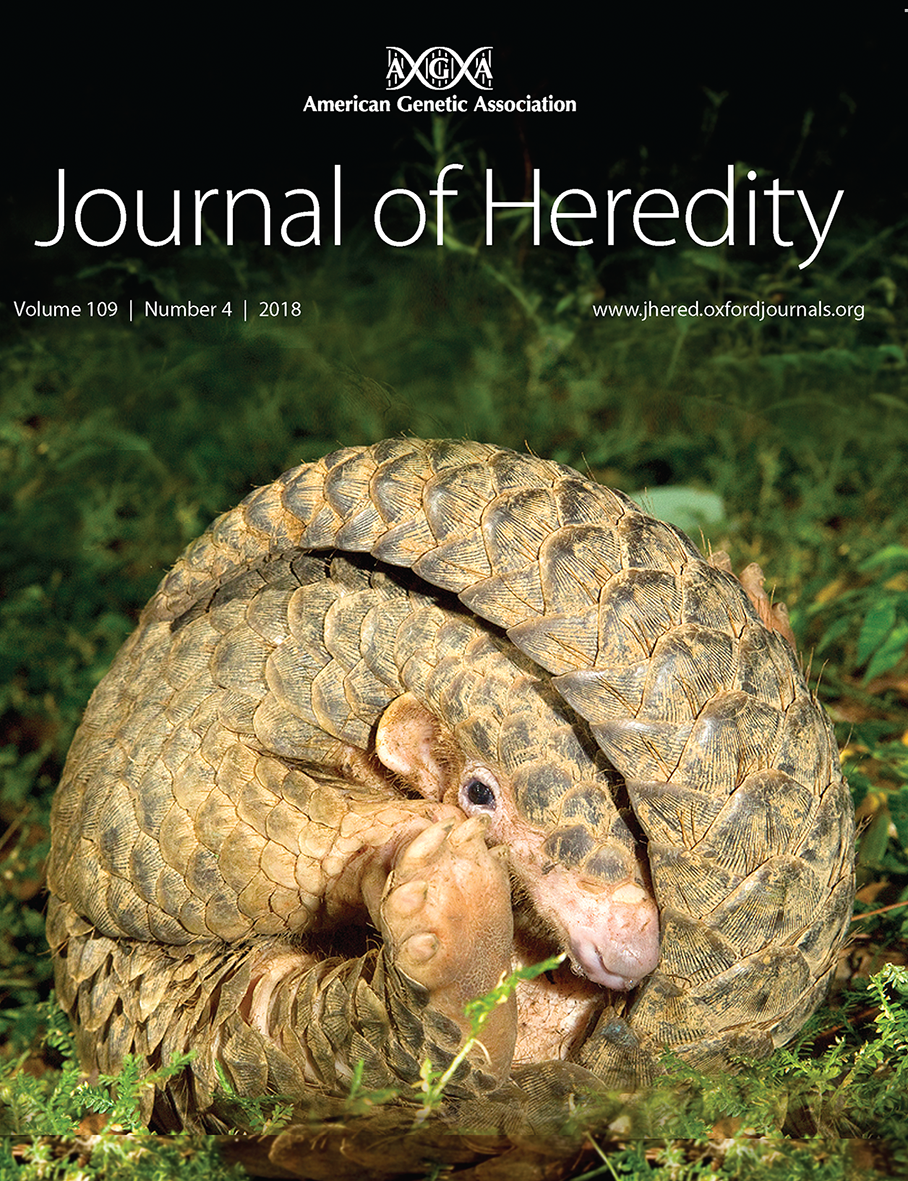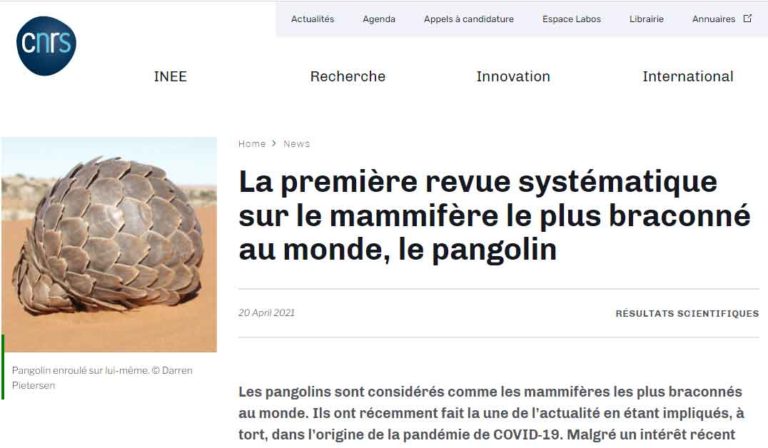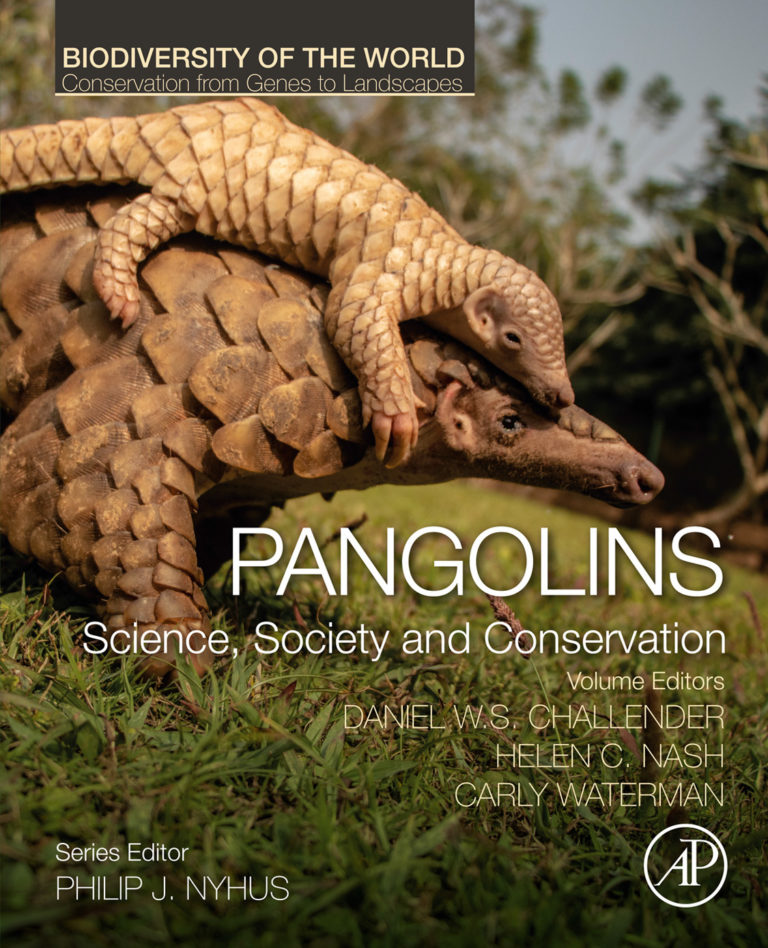Gaubert P., Antunes A., Meng H., Miao L., Peigné S., Justy F., Njiokou F., Dufour S., Danquah E., Alahakoon J., Verheyen E., Stanley W.T., O’Brien S.J., Johnson W.E., Luo S.J. 2018. The complete phylogeny of pangolins: scaling up resources for the molecular tracing of the most trafficked mammals on Earth. Journal of Heredity 109, 347-359.
Abstract
Pangolins, considered the most-trafficked mammals on Earth, are rapidly heading to extinction. Eight extant species of these African and Asian scale-bodied anteaters are commonly recognized, but their evolutionary relationships remain largely unexplored. Here, we present the most comprehensive phylogenetic assessment of pangolins, based on genetic variation of complete mitogenomes and 9 nuclear genes. We confirm deep divergence among Asian and African pangolins occurring not later than the Oligocene-Miocene boundary ca. 23 million years ago (Ma) (95% HPD = 18.7–27.2), limited fossil evidence suggesting dispersals from Europe. We recognize 3 genera including Manis (Asian pangolins), Smutsia (large African pangolins), and Phataginus(small African pangolins), which first diversified in the Middle-Upper Miocene (9.8–13.3 Ma) through a period of gradual cooling coinciding with a worldwide taxonomic diversification among mammals. Based on large mitogenomic distances among the 3 genera (18.3–22.8%) and numerous (18) morphological traits unique to Phataginus, we propose the subfamily Phatagininae subfam. nov. to designate small African pangolins. In contrast with the morphological-based literature, our results establish that the thick-tailed pangolin (Manis crassicaudata) is sister-species of the Sunda (Manis javanica) and Palawan (Manis culionensis) pangolins. Mitogenomic phylogenetic delineations supported additional pangolin species subdivisions (n = 13), including 6 African common pangolin (Phataginus tricuspis) lineages, but these patterns were not fully supported by our multi-locus approach. Finally, we identified more than 5000 informative mitogenomic sites and diagnostic variation from 5 nuclear genes among all species and lineages of pangolins, providing an important resource for further research and for effectively tracing the worldwide pangolin trade.




